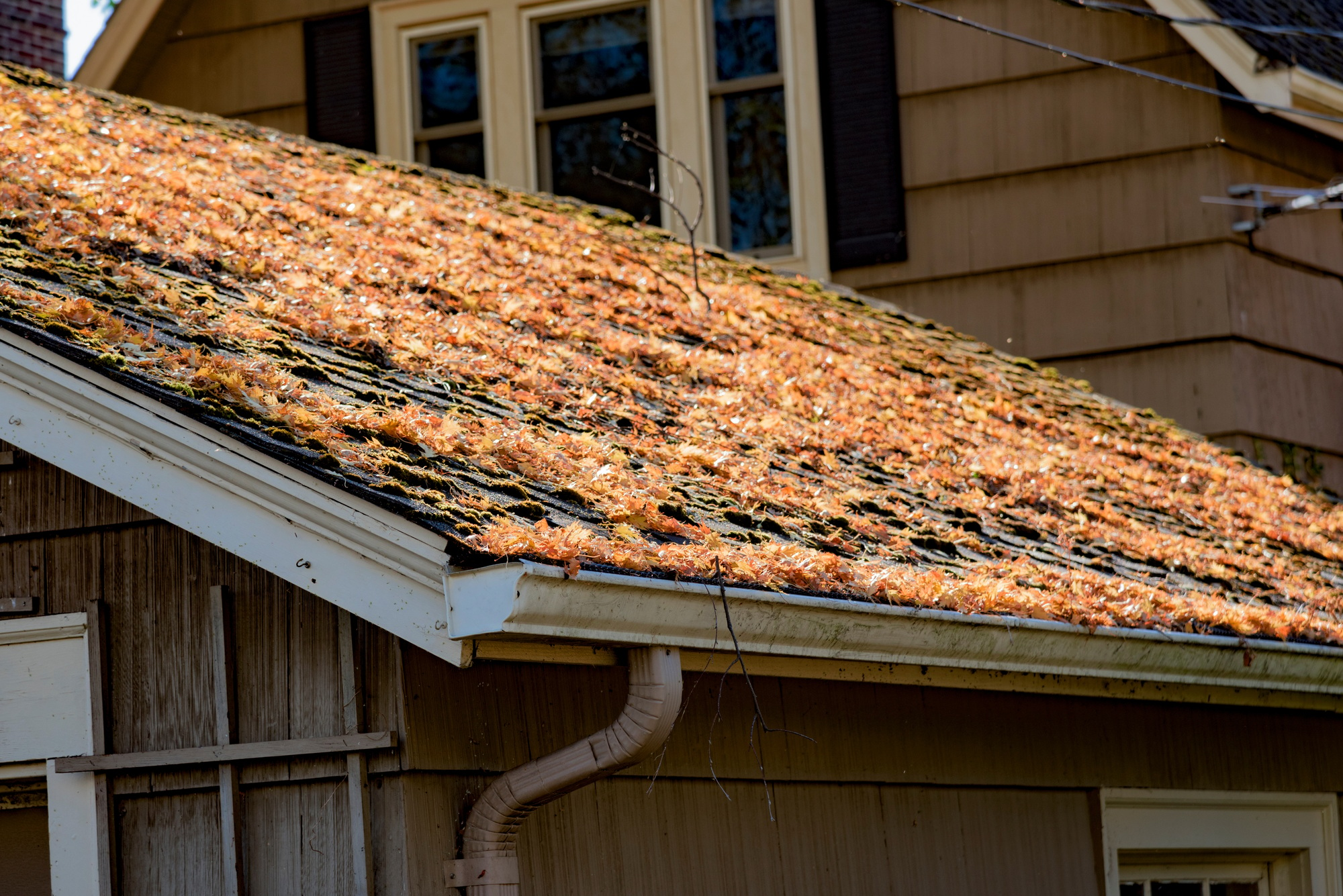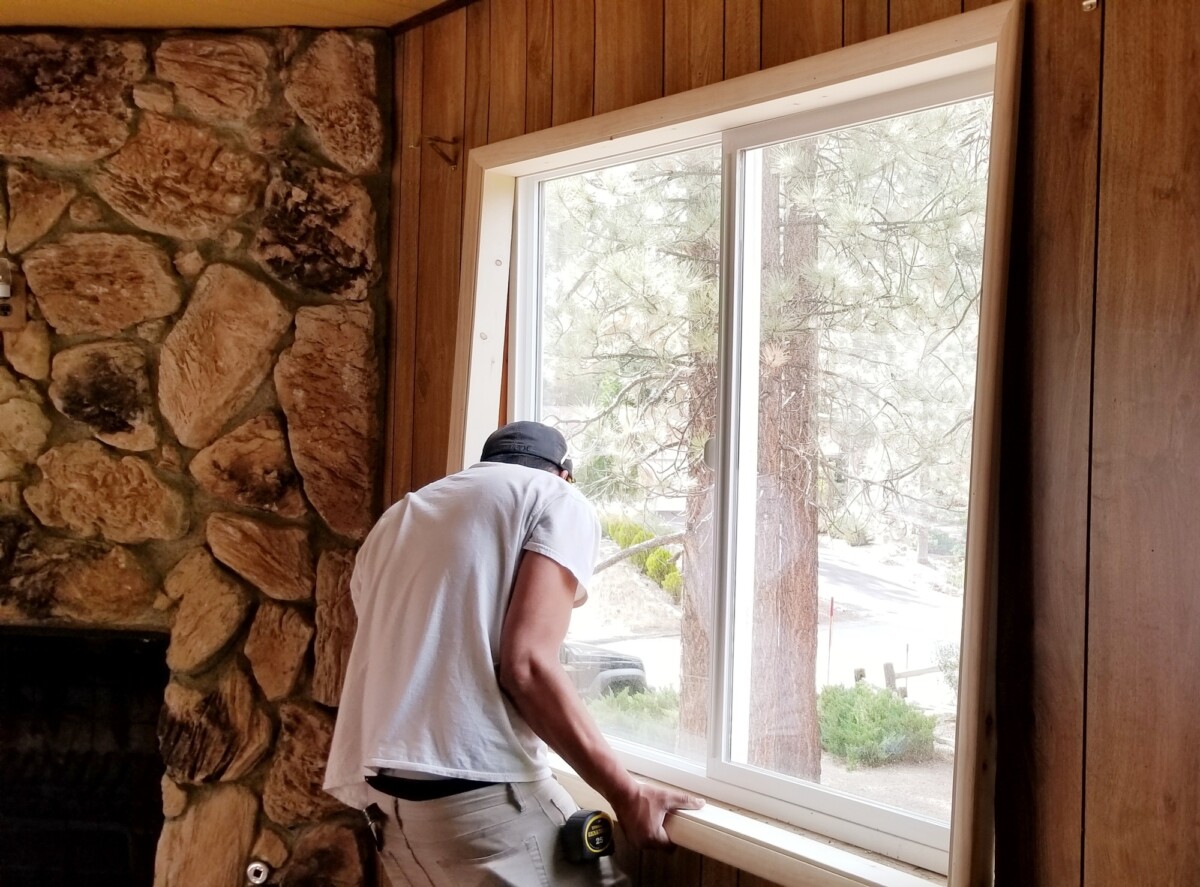Are Your Gutters Ready for Rain? Inspection, Cleaning, and Repair Tips
Rainy seasons can be tough on your home if your gutters aren’t up to the task. Properly functioning gutters protect your roof, foundation, and landscape from water damage. Preparing your gutters for rain involves inspecting, cleaning, and repairing them to ensure optimal performance. This guide will walk you through the essential steps to get your gutters rain-ready and maintain them year-round.
Protect your home year-round with our comprehensive gutter maintenance plans. Contact us today!
Why Gutter Readiness Is Important
Properly functioning gutters are essential for maintaining the integrity of your home. They ensure rainwater is safely diverted away from your property, protecting it from costly and potentially dangerous issues. Here’s why gutter readiness should always be a priority:
1. Prevent Roof Damage
Overflowing gutters can lead to water pooling on your roof, causing:
- Leaks that damage shingles and underlayment.
- Wood rot in structural components, weakening the roof over time.
- Ice dams in colder climates, exacerbating water damage.
2. Avoid Foundation Problems
Improper water drainage from clogged or damaged gutters can result in:
- Foundation cracks due to water seepage.
- Soil erosion, which compromises the structural stability of your home.
- Shifting foundations, leading to uneven floors and doors that won’t close properly.
3. Protect Your Landscape
Clogged gutters can cause water to spill over the sides, leading to:
- Soil erosion, washing away topsoil and nutrients.
- Plant damage, with water pooling around roots, potentially drowning plants.
- Hardscape deterioration, such as cracks in walkways or patios.
4. Prevent Basement Flooding
Poor gutter performance often results in water collecting near the foundation, which can seep into your basement. This can cause:
- Costly flooding repairs, including water removal and damage restoration.
- Mold growth, which poses serious health risks and further damages property.
- Weakened walls, with water pressure compromising their integrity.
5. Prevent Exterior Damage
When gutters overflow or leak, water can damage exterior components such as:
- Siding, which may warp, rot, or stain.
- Windows, as water seepage can lead to mold and rot in window frames.
- Fascia boards, which are particularly vulnerable to water damage.

Rain overflowing gutters and downspout
6. Reduce Pest Infestation Risks
Stagnant water in clogged gutters creates a breeding ground for pests such as mosquitoes and rodents. These infestations can lead to:
- Health risks, like mosquito-borne diseases.
- Structural damage, as rodents chew on building materials.
Gutter readiness is vital for protecting your home from water damage, maintaining its structural integrity, and reducing repair costs. A well-maintained gutter system ensures water flows away efficiently, safeguarding your roof, foundation, landscaping, and more.
Ensuring your gutters are ready for rain protects your home from these potential problems and saves you money in the long run. Proper maintenance also extends the life of your gutter system, making it a worthwhile investment.
Step 1: Inspect Your Gutters
Regular gutter inspections help identify issues before they become major problems. Here’s how to perform a thorough inspection:
-
Check for Clogs:
- Look for debris such as leaves, twigs, and dirt that can block water flow. Pay special attention to corners and areas near downspouts. Clogs can quickly escalate into overflows that damage your home’s exterior and foundation.
-
Look for Damage:
- Inspect for cracks, holes, or rust spots. Even small damages can lead to significant issues if left unrepaired. Rust spots should be treated immediately to prevent further corrosion.
-
Examine Gutter Joints and Fasteners:
- Ensure joints are secure and fasteners are holding the gutters tightly to the roofline. Loose gutters can cause water to spill over, damaging your siding and windows.
-
Test Water Flow:
- Use a hose to run water through the gutters and check for proper drainage. Look for leaks, slow drainage, or water pooling in certain areas. This test helps identify hidden blockages or alignment issues.
Need a professional inspection? Contact our team for a free gutter assessment today!
Step 2: Clean Your Gutters
Cleaning is a crucial part of gutter maintenance. Follow these steps to clean your gutters effectively:
-
Gather the Right Tools:
- You’ll need gloves, a sturdy ladder, a scoop, a bucket, and a hose. Consider wearing protective eyewear to shield yourself from debris.
-
Remove Debris:
- Use the scoop to clear out leaves, dirt, and other debris. Place the debris in the bucket to avoid making a mess. Be cautious of sharp objects or pests that may be hiding in the gutters.
-
Flush the Gutters:
- Use a hose to wash out remaining dirt and check for clogs in the downspouts. If the water doesn’t drain properly, use a plumber’s snake to clear the blockage. Flushing also helps you spot leaks or weak spots in the gutter system.
-
Clean the Downspouts:
- Ensure downspouts are free of debris and directing water at least five feet away from your home’s foundation. Use extensions if necessary to guide water further away and prevent foundation damage.
Step 3: Repair and Reinforce
After cleaning, address any issues you identified during the inspection. Here’s how to handle common gutter repairs:
-
Seal Cracks and Holes:
- Use a high-quality gutter sealant to fill in any cracks or small holes. For larger holes, apply a patch made of the same material as your gutters. Ensure the area is clean and dry before applying sealant or patches.
-
Fix Sagging Gutters:
- Tighten loose fasteners or replace them if they’re worn out. Install additional hangers if necessary to provide better support. Properly aligned gutters ensure efficient water flow and reduce stress on the system.
-
Repair Leaky Joints:
- Apply sealant to leaking joints or replace worn-out sections with new pieces. Use waterproof tape as a temporary fix until more permanent repairs can be made.
-
Replace Damaged Sections:
- If a section of the gutter is beyond repair, replace it with a matching piece. Ensure the new section aligns correctly with the rest of the gutter system to maintain seamless water flow.
-
Reinforce Downspouts:
- Secure loose downspouts and ensure they’re directing water away from your home’s foundation. Add splash blocks to disperse water and prevent erosion.
Need expert repairs? Contact us for fast and reliable gutter repair services.
Preventative Measures for Year-Round Gutter Health
Once your gutters are rain-ready, take steps to maintain them throughout the year. Here are some tips:
-
Install Gutter Guards:
- Gutter guards prevent debris from entering your gutters, reducing the need for frequent cleanings. They’re especially beneficial in areas with heavy foliage or frequent storms.
-
Trim Overhanging Branches:
- Keep trees near your home trimmed to minimize the amount of leaves and twigs falling into your gutters. Regular trimming also reduces the risk of branches damaging your roof during storms.
-
Schedule Regular Maintenance:
- Clean and inspect your gutters at least twice a year, preferably in the spring and fall. Regular maintenance ensures your gutters remain functional and extends their lifespan.
-
Check for Ice Dams in Winter:
- In colder climates, ice dams can form and block water flow. Use a roof rake to remove snow buildup and prevent freezing. Consider installing heating cables to prevent ice formation in your gutters.
-
Ensure Proper Drainage:
- Make sure downspouts are clear and directing water away from your home’s foundation. Adding extensions or underground drainage systems can help channel water further away and prevent pooling.
Getting your gutters ready for rain involves thorough inspection, cleaning, and necessary repairs. By staying proactive and following preventative measures, you can protect your home from water damage and extend the lifespan of your gutter system. Regular maintenance not only saves you money but also ensures your home remains safe and secure through any weather. Don’t let minor issues turn into costly repairs—act now to keep your gutters in top shape.
FAQs
1. How often should I clean my gutters? You should clean your gutters at least twice a year, preferably in the spring and fall. More frequent cleaning may be needed if you have overhanging trees or experience heavy rainfall.
2. What are the signs that my gutters need repair? Common signs include sagging gutters, visible cracks, leaks, water pooling around your foundation, and slow drainage. Regular inspections can help catch these issues early.
3. Can I clean my gutters myself? Yes, you can clean your gutters if you have the proper tools and feel comfortable working on a ladder. However, hiring a professional ensures the job is done safely and thoroughly, especially for multi-story homes.
4. What is the average cost of professional gutter cleaning? Professional gutter cleaning typically costs between $100 and $300, depending on the size of your home and the extent of the cleaning needed. Additional services like downspout flushing or minor repairs may increase the cost.
5. Are gutter guards worth the investment? Yes, gutter guards help reduce debris buildup, making maintenance easier and extending the life of your gutter system. While they require an upfront investment, they save money and time in the long run.





